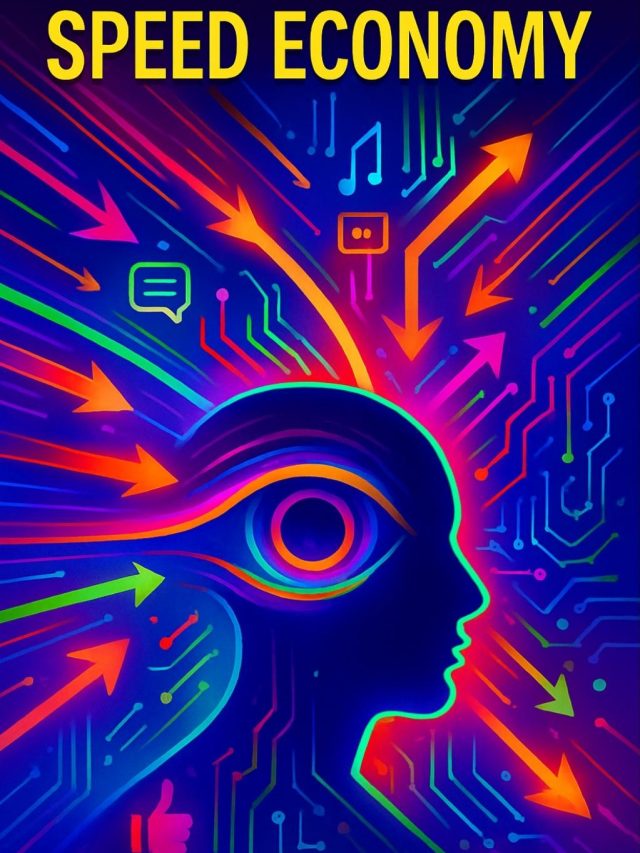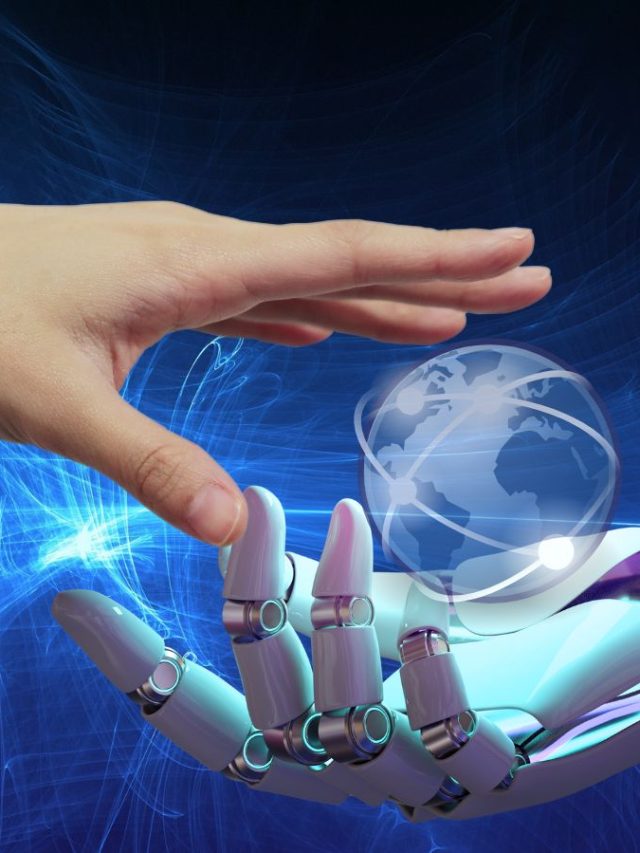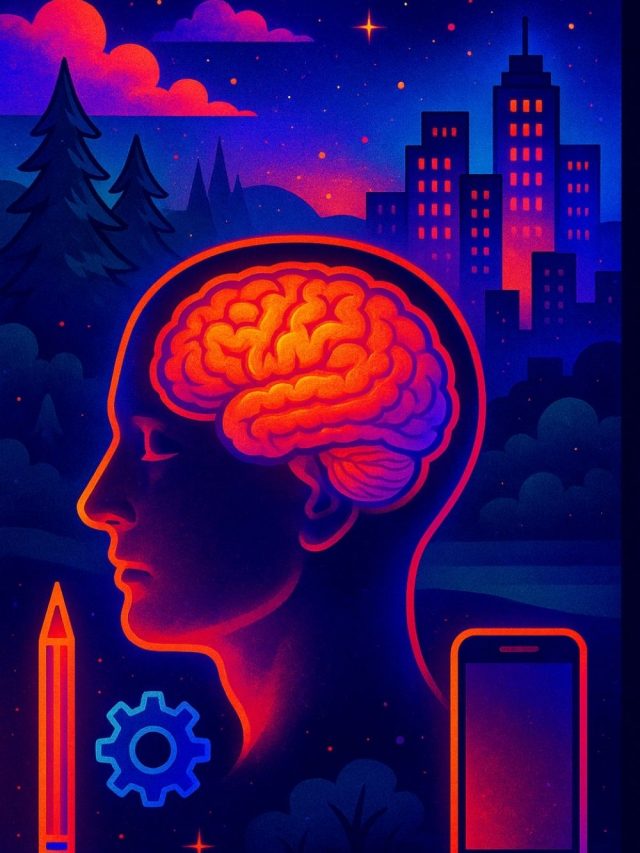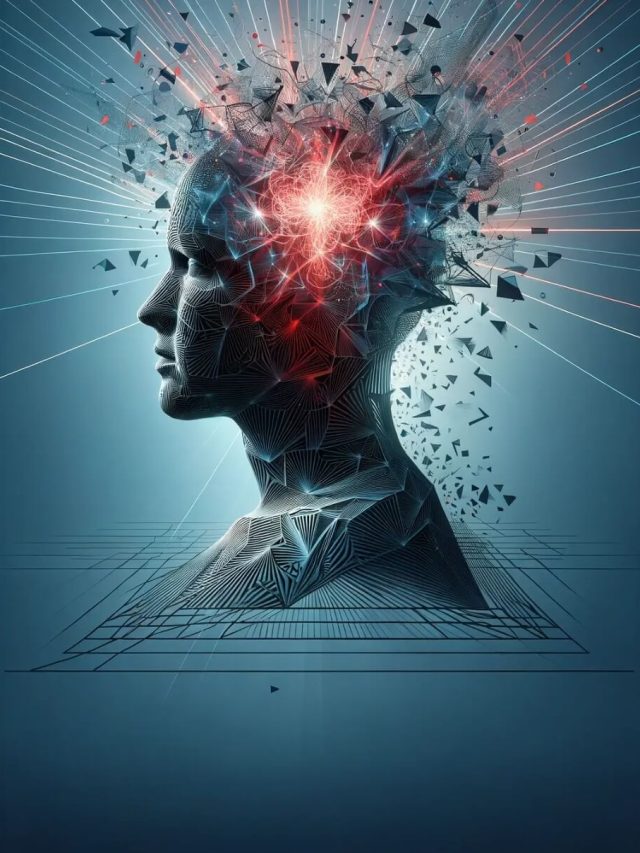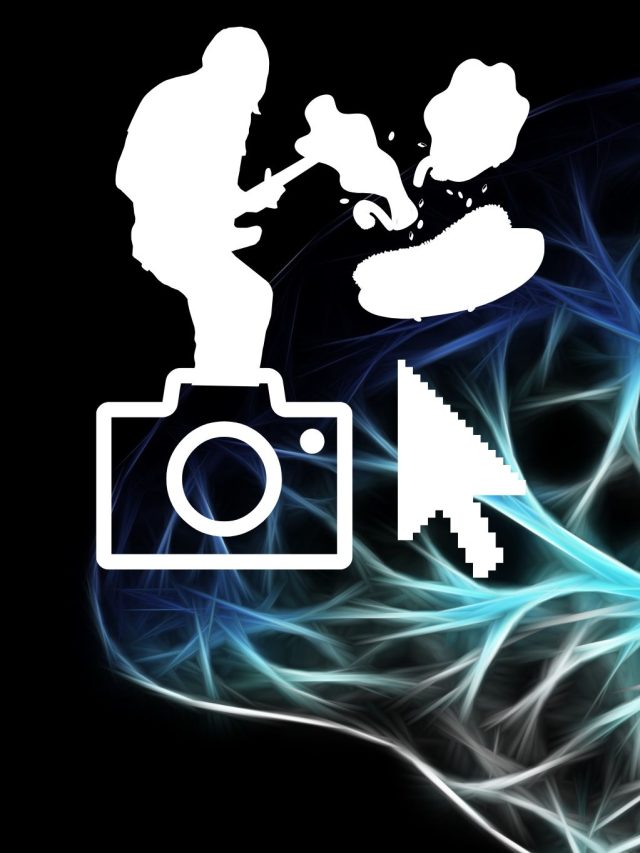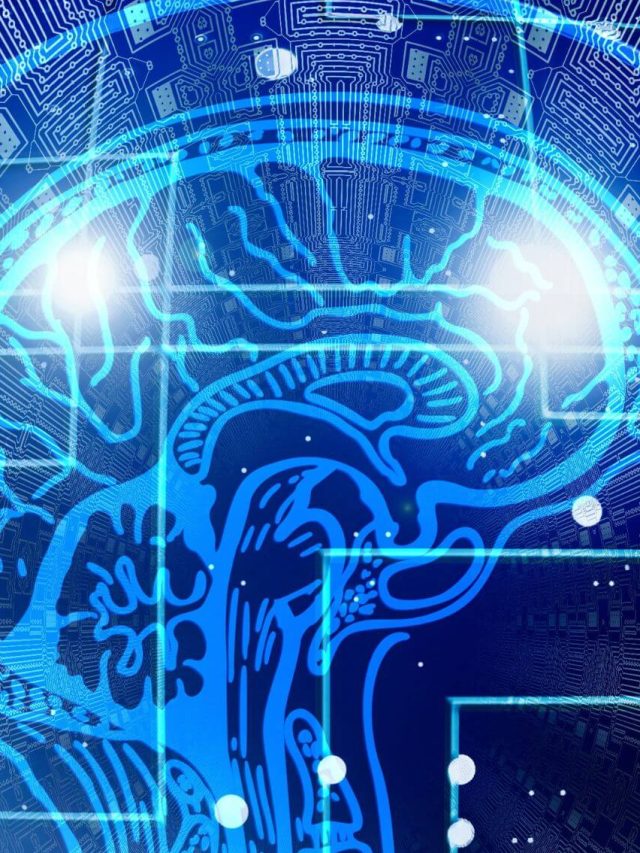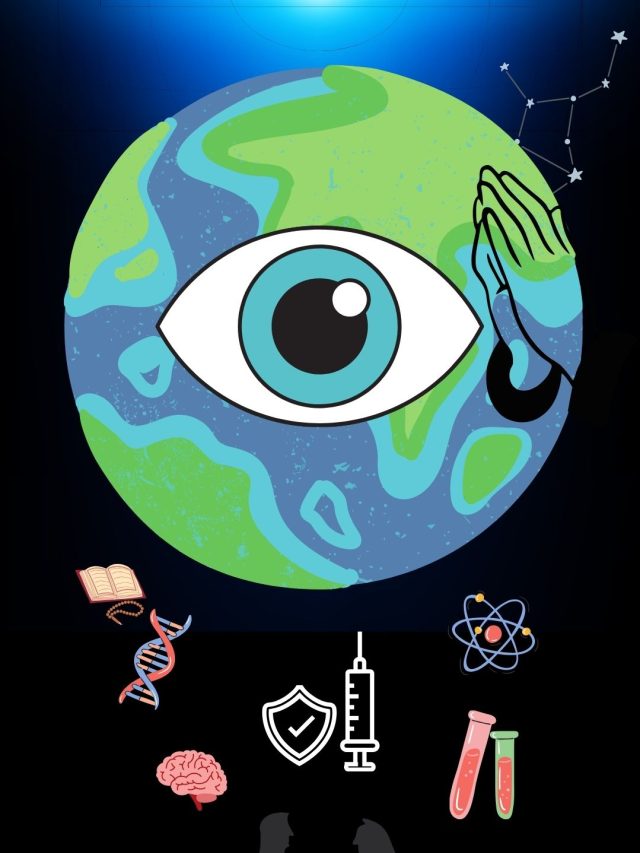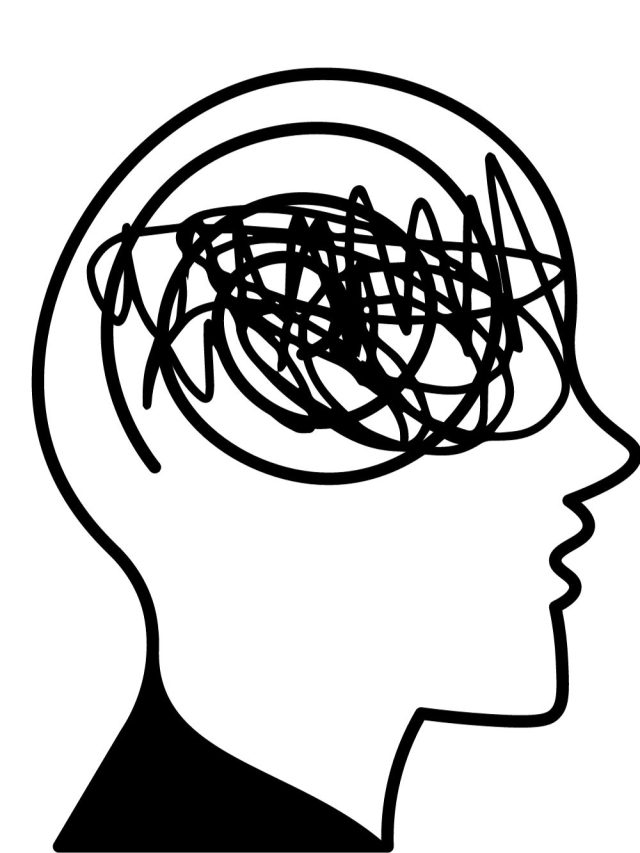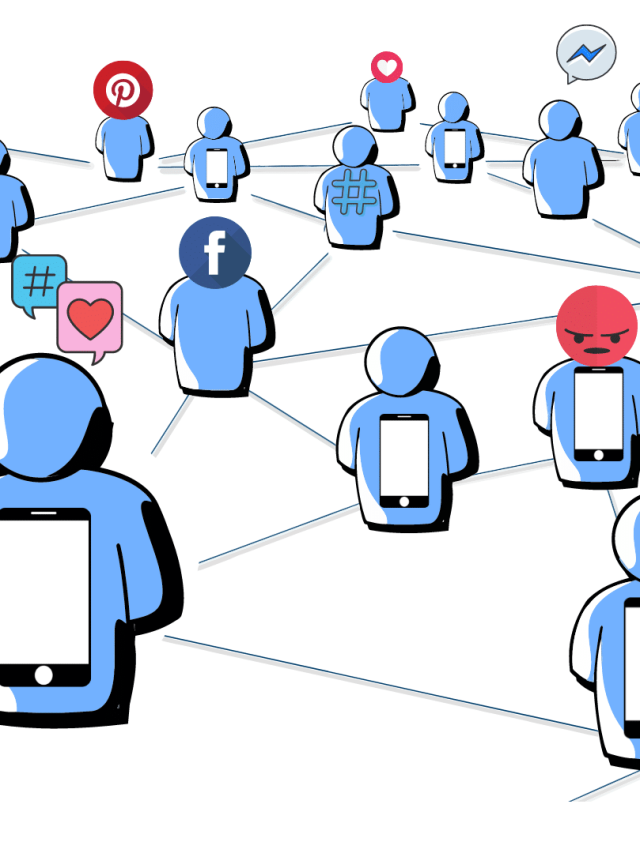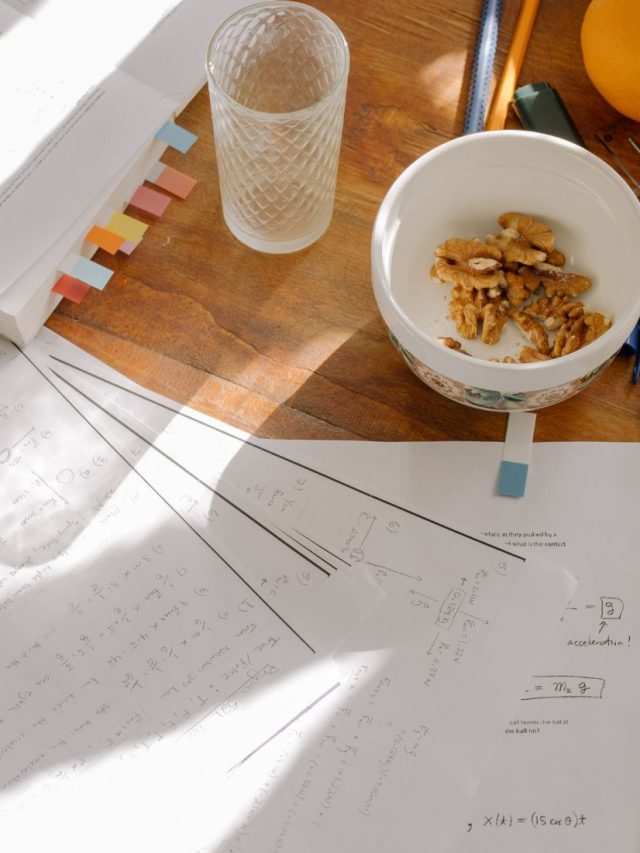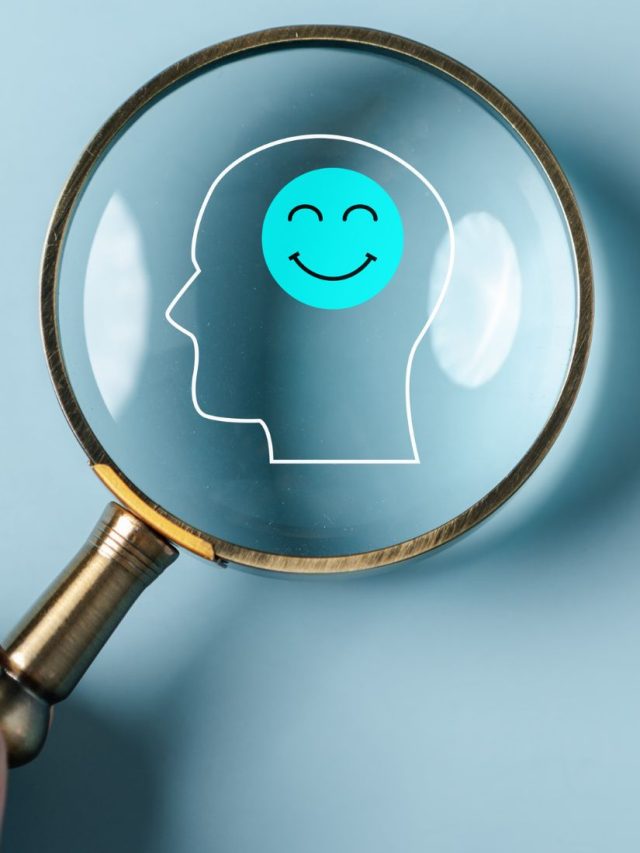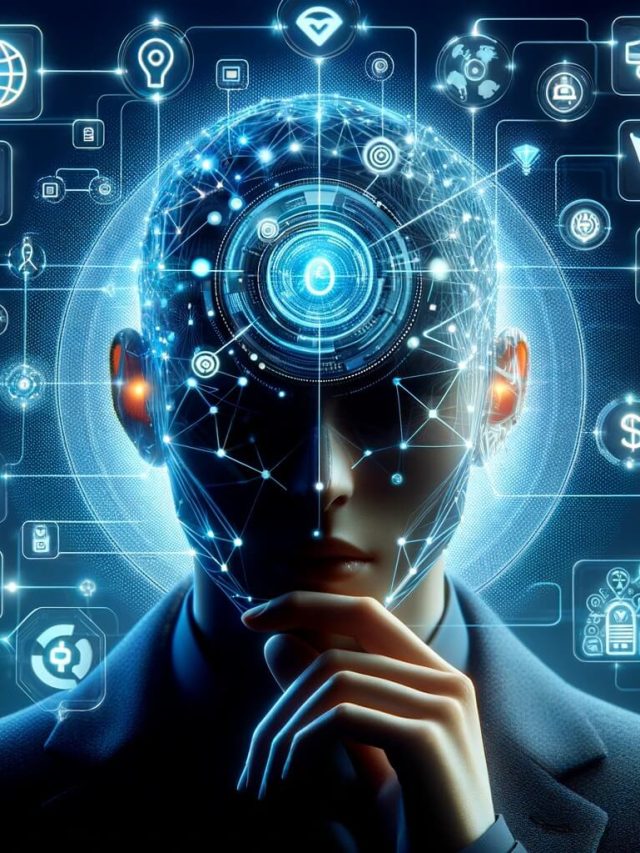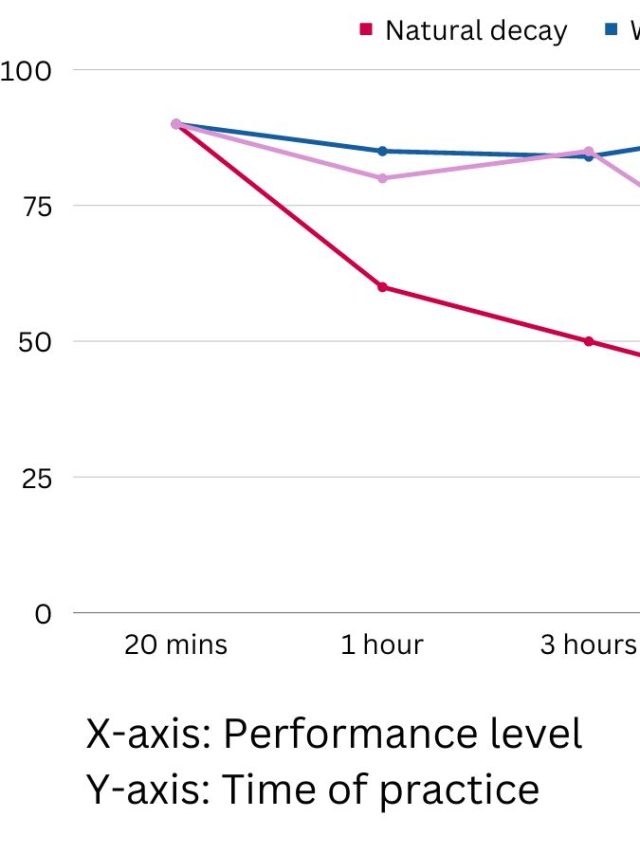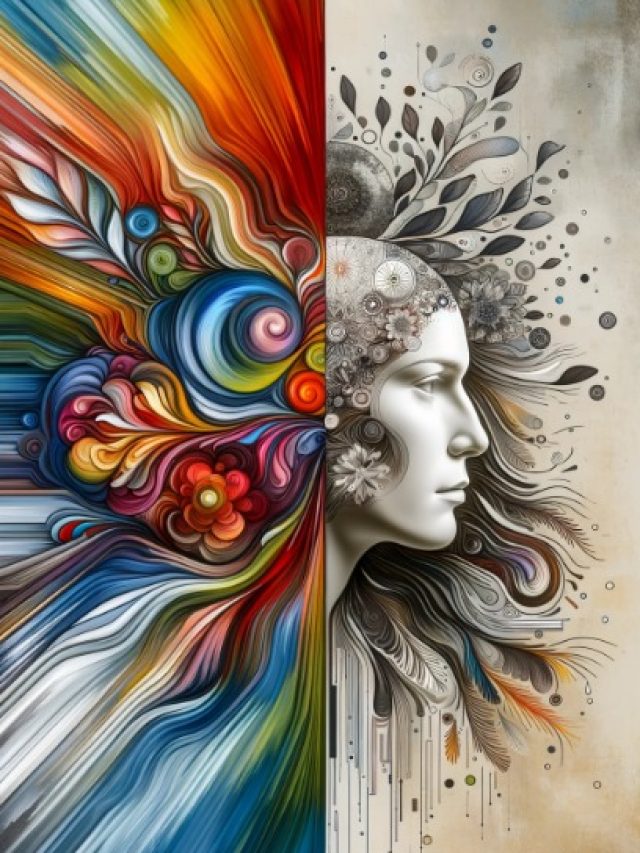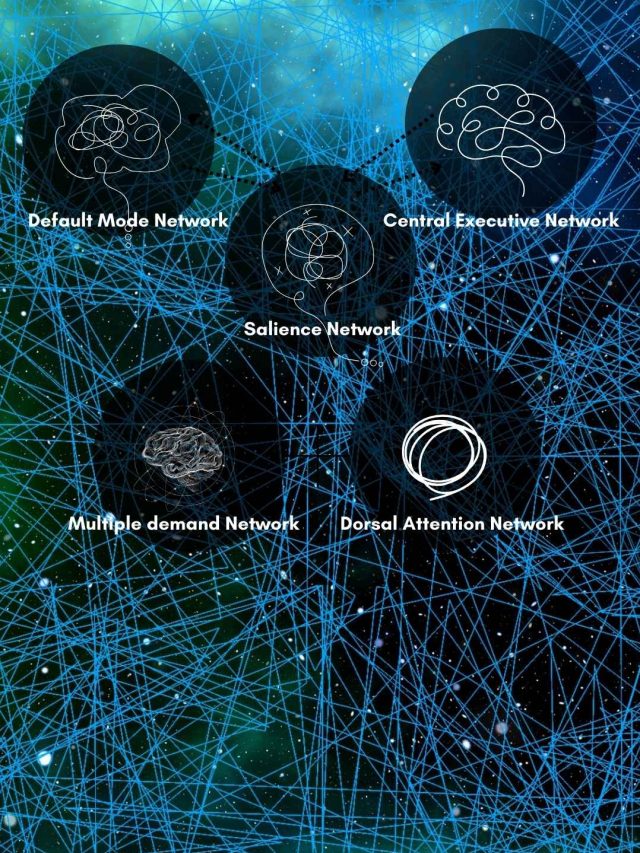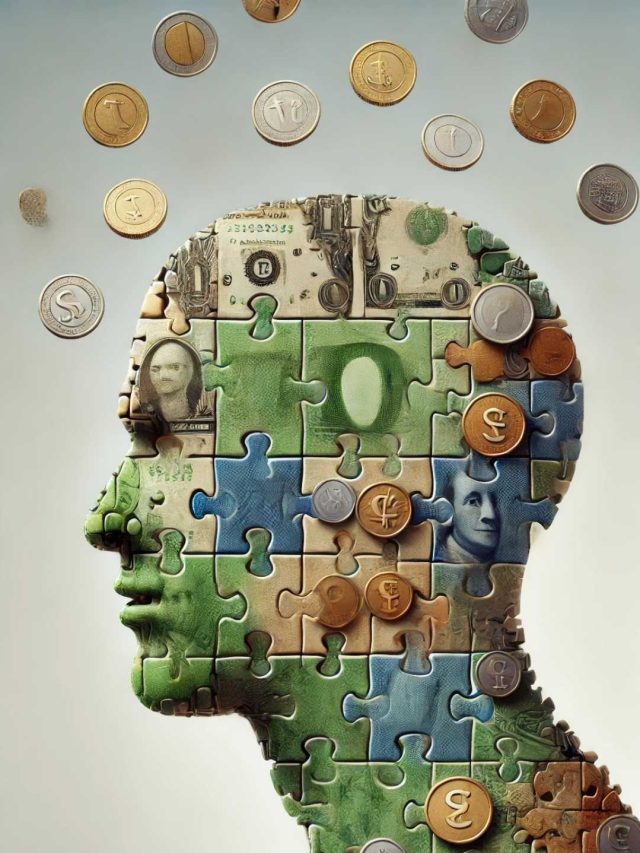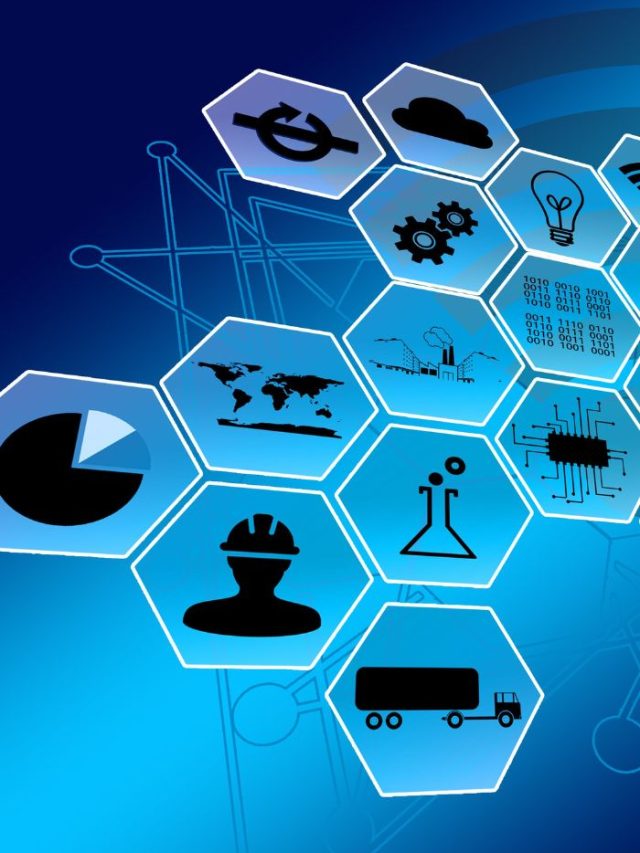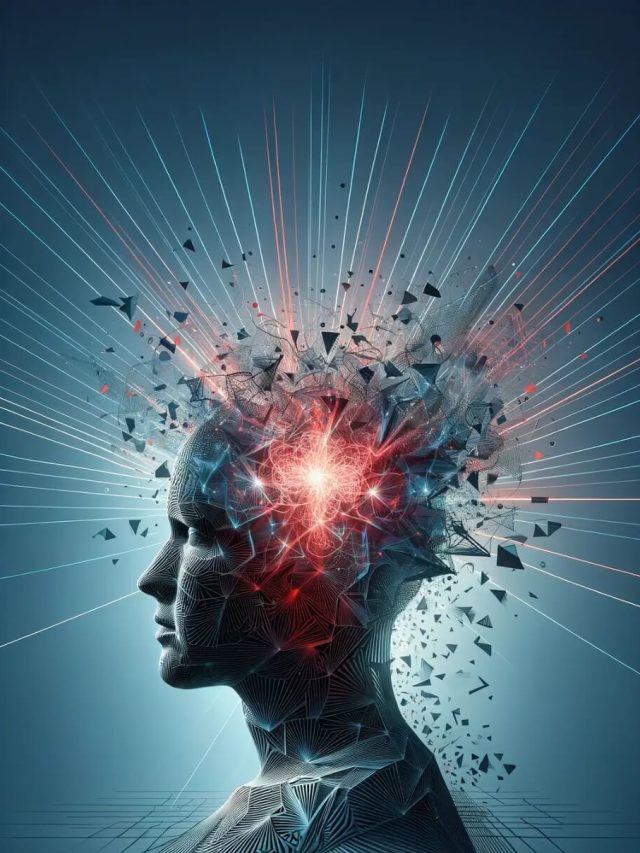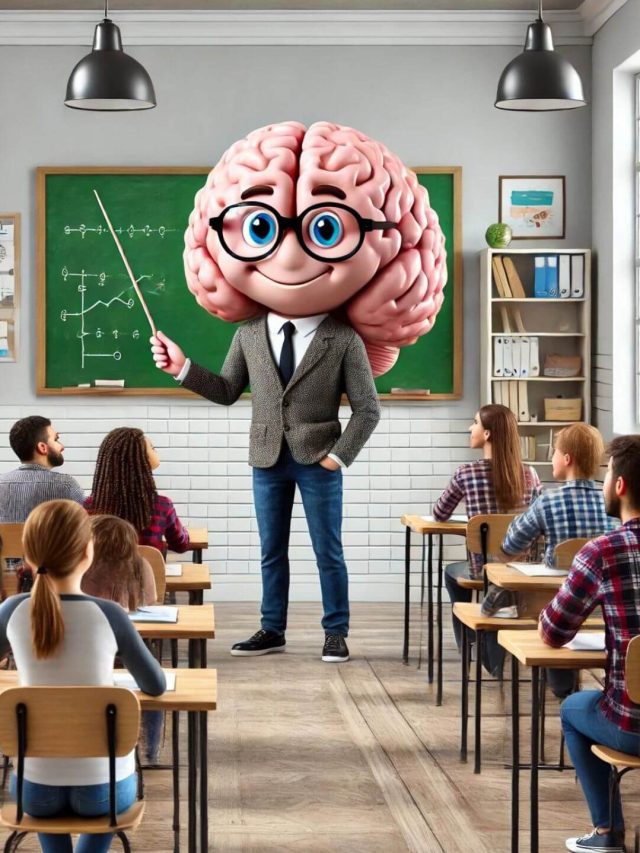Wabi-sabi (侘び寂び) is a Japanese concept of accepting beauty in imperfection. These imperfections are very human in nature – rough edges, clumsiness, asymmetry, unpolished finishing, etc. This concept separates our creations from the AI junk.
Wabi is translated as plain, quiet kind of beauty, and Sabi is translated as beauty that comes with things getting old and rusty. The literal reference is Sabi = Patina, which is a rust-like coating on metals and wood used in old buildings.
Wabi-Sabi IRL
Think of music with a little roughness and sloppiness, a little unwanted noise from instruments. Think of paintings with colors going a little haywire. Think of pottery with edges that aren’t perfectly level.
Now, take this idea a little further. Think of rebuilding a broken plate with glue. Think of fixing old furniture. This is a psychological value added to an object’s imperfection.
Wabi-Sabi is the opposite of beauty in perfection. And, this approach has inspired many things so far, with its most recent application being in self-improvement and mental health. By adopting wabi-sabi as a philosophy, people can accept their flaws and take pride in rebuilding themselves. It also lets people get comfortable with mistakes and counter the pressure of perfectionism.
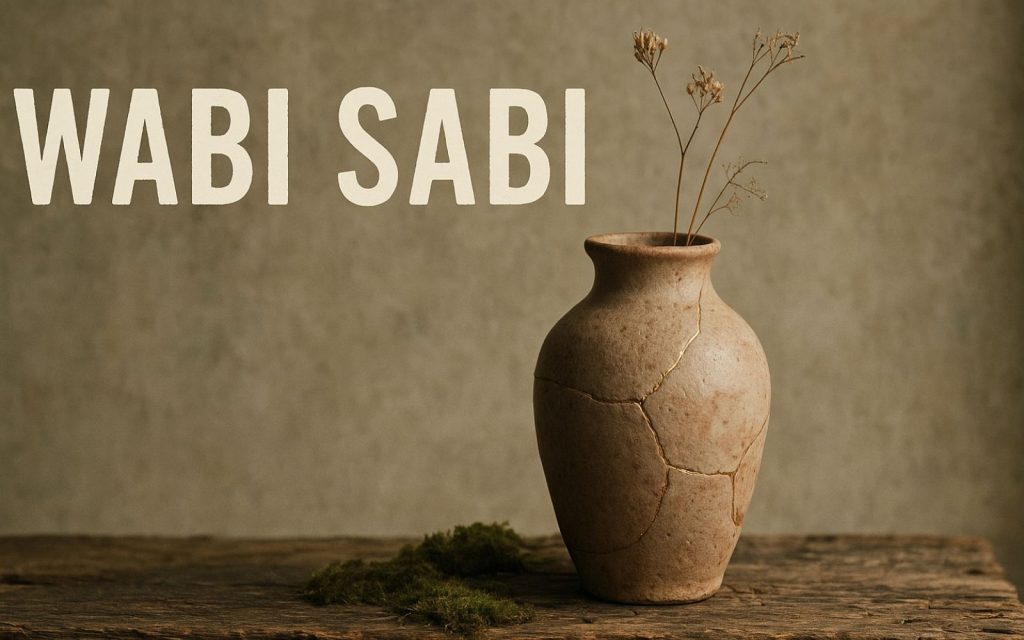
Similarly, an organization can also use wabi-sabi by accepting the imperfection of their team and their products as they grow bigger. It allows acceptance of their reality and gives a direction for growth.
Wabi-Sabi is resistant to AI
Why am I invoking this in the context of AI? If you’ve read my previous article on the ChatGPT effect, I spoke of how imperfections in music make music an AI-resistant form of art. Guitar riffs with epic distortion and sloppy string sounds. A High-pitched voice that gets a small crack as it goes high. All of this is not really there in auto-tune and AI-recreated guitar sounds. That organic aspect is missing, and humans are habituated to it if not desire it above everything else in art.
Wabi-Sabi is our best chance to differentiate from all things AI. It shows our unique human value of seeing beauty in imperfection. Share on XThe crux – imperfections are “added human value”, even though we often seek to reduce imperfections. The fact that generative AI can recreate and remix from its training data, with each new version of gen-AI getting more “perfect” at it, means that the added human value will drop. In AI training, even if the training data has these imperfections, the imperfections are highly varied, and training will aggregate them in ways that do not mimic human imperfection. We see this problem in AI text.
Spelling mistakes, imperfect grammar, and breaking linguistic rules are very common aspects of human conversation and human text. LLM-generated text is perfect, and that makes it unnatural. It gives it an AI flavor. (LLMs would probably rewrite this as “LLM-generated text is perfect, making it unnatural”). How I dislike this tone.
The rawness of art we see in human paintings is again following the wabi-sabi principle. We like sloppiness and small errors, and we appreciate the human value in their creation.
Similarly, humans also tend to value things more when they know the effort that has gone into their creation. This is called the effort heuristic.
Effort = More Value
The effort heuristic states that people tend to pay more for products when they know the amount of effort that has gone into building them. This, right here, is humanity’s first defence against AI media. It simply won’t be valued as much as “hand-crafted by human”. In the future, AI movies will be cheap. Human movies will be expensive. AI music will not sell out concerts. Human music will.
Wabi-Sabi, as a philosophy, uses this effort heuristic. In the case of rebuilding things with imperfection, like fixing old furniture, the human effort put into making something good, in spite of its broken status, is a highly desirable human quality. With AI slop (junk text and media published on the internet made with generative AI), media and products that emerge from wabi-sabi and the effort heuristic will demand a human premium – a unique AI-resistant value add.
Takeaway
Wabi-Sabi is our best chance to differentiate from all things AI. It shows our unique human value of seeing beauty in imperfection. As a species, we should take pride in our sloppy creations.

Hey! Thank you for reading; hope you enjoyed the article. I run Cognition Today to capture some of the most fascinating mechanisms that guide our lives. My content here is referenced and featured in NY Times, Forbes, CNET, and Entrepreneur, and many other books & research papers.
I’m am a psychology SME consultant in EdTech with a focus on AI cognition and Behavioral Engineering. I’m affiliated to myelin, an EdTech company in India as well.
I’ve studied at NIMHANS Bangalore (positive psychology), Savitribai Phule Pune University (clinical psychology), Fergusson College (BA psych), and affiliated with IIM Ahmedabad (marketing psychology). I’m currently studying Korean at Seoul National University.
I’m based in Pune, India but living in Seoul, S. Korea. Love Sci-fi, horror media; Love rock, metal, synthwave, and K-pop music; can’t whistle; can play 2 guitars at a time.


